“United Against Hate”
Living in Berkeley, it doesn’t take more than a short walk around the campus to see “United Against Hate” signs posted near lecture halls and local businesses.
It’s an idealistic message, one that reflects the progressive politics that Berkeley is so well known for. But does this catchphrase reflect the dynamics among Democrats at the national level, specifically in the U.S. Congress? How far does that “unity” go — given that the 2018 midterms saw many moderate Democrats get “primaried” by their progressive peers?
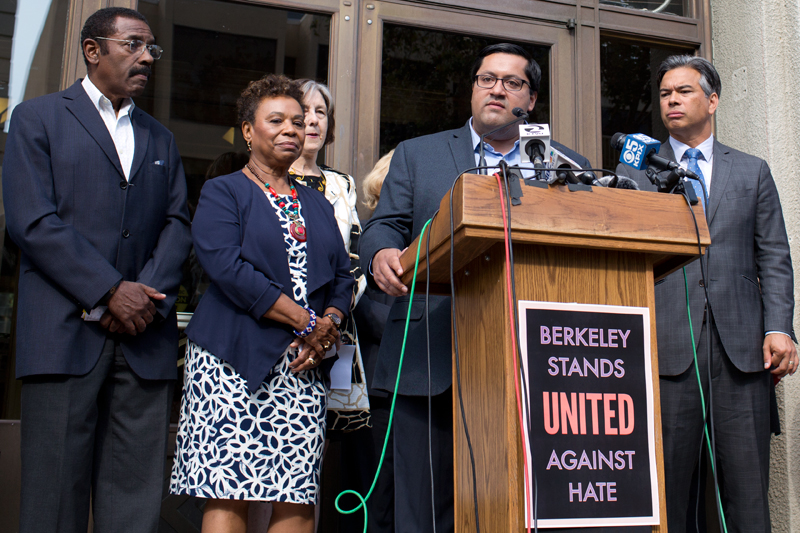
“Given the politics of the 2018 election and the ensuing government shutdown… it becomes clear that Democrats are not so much “United Against Hate” as they are united in their hate against Trump.”
The Democratic Party, Divided
The 2018 midterm elections represented a popular referendum on the sitting president; but more importantly, it was symbolic of a larger pushback against establishment House Democrats. In a stunning upset, the progressive firebrand Alexandria Ocasio-Cortez pushed out the incumbent 10-term Representative Joseph Crowley in the New York primaries, running on an unapologetically liberal — and controversial — platform including free college and Medicare for All.
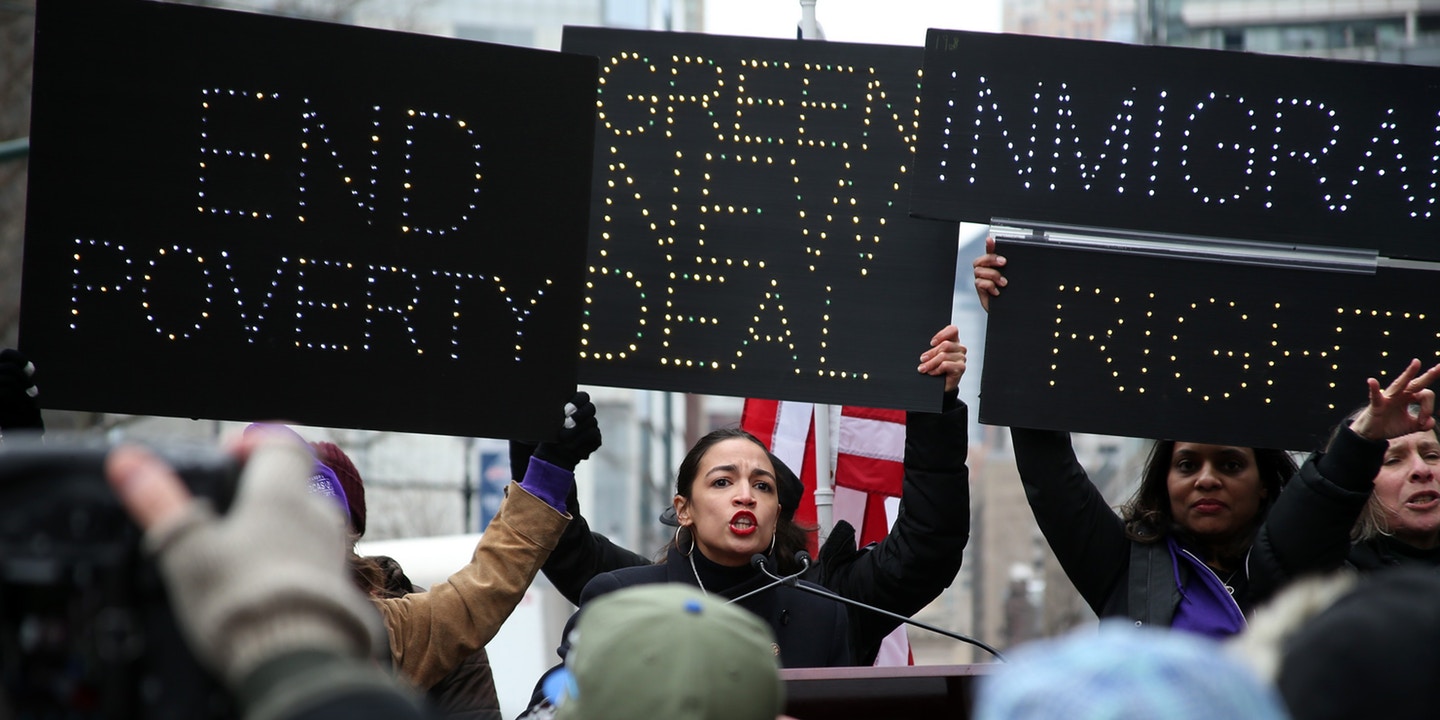
In many ways, the “blue wave” of the 2018 midterm elections was more telling of the internal divisions within the Democratic Party between its more moderate wing and its ascendant progressive wing.
Despite these challenges, House Democrats stood firmly together during their most recent battle with President Trump, who shut down parts of the federal government in his gamble to secure $5.7 billion to fund his proposed wall on the U.S.-Mexico border. After a 35-day stalemate, Trump folded, and Democrats claimed victory in the shutdown battle.
Given the politics of the 2018 election and the ensuing shutdown, then, it becomes clear that Democrats are not so much “United Against Hate” as they are united in their hate against Trump.
Furthermore, the current infatuation with Ocasio-Cortez and the rest of the “blue wave” freshmen Democrats overshadows the fact that the party lost four seats in the U.S. Senate — a reality that all but guarantees any legislation passed by progressives (such as the Green New Deal) will die on the Senate floor.
With the 2020 elections drawing ever closer, the Democratic Party has yet to coalesce around a cohesive strategy heading into the next election, raising questions as to whether they can successfully retain their gains in the House, retake the Senate and, most importantly, unseat the incumbent Donald J. Trump.
The fundamental question facing the party is this: Are Democrats willing to fight fire with fire, or should they forge a middle path in order to capture as many swing votes as possible?
Lessons Learned: What the 2018 Midterms Meant
If there is anything to be learned from the 2018 midterms, it is that progressives must focus not so much on unseating moderate Democrats in comfortably blue districts, but instead on finding — and funding — competitive candidates in purple districts. Such a strategy would allow Democrats to increase their net gains in Congress, where they must both fend off Republican challengers in red-state House districts and reclaim lost seats in the Senate.
Another lesson to be learned from the 2018 election is that suburban districts are poised to become the next battleground in key elections. Of the 42 districts that flipped from red to blue, a majority were located in the suburbs, indicating that middle- to upper-class white voters with a college degree are much more likely to peel off from the Trump coalition than their rural peers.
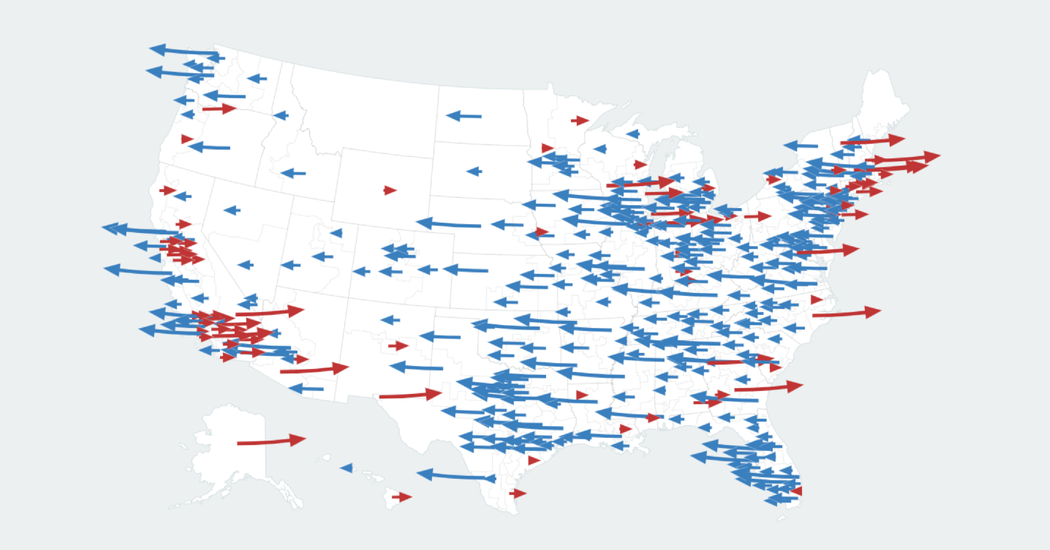
Following this logic, it would be wiser for, say, the Democratic megadonor Tom Steyer to donate campaign funds to centrist candidates competing in the suburbs of states like Georgia, as opposed to overwhelmingly rural districts in Wisconsin. Investing in suburban swing districts will yield more electoral gains for the Democratic Party as a whole, and in turn, will create more room for progressives like Ocasio-Cortez to advance the sweeping policy agendas they championed in 2018.
To Moderate or Not to Moderate?
Liberal-leaning Democrats contend that President Trump has left no room for moderation after his tumultuous two years in office, during which he repeatedly engaged in political brinkmanship. These progressives further argue that there is a real need for politicians like Ocasio-Cortez to take the country in the direction that a majority of younger, more progressive Americans want.
And there are signs that, on a generational level, America is becoming more ideologically liberal. According to a recent Pew Research Center survey, “Gen Z” — or Americans born from 1997 onwards — hold social and political views that closely mirror that of Millenials, a group that has already leaned significantly to the left of any other generation before it.
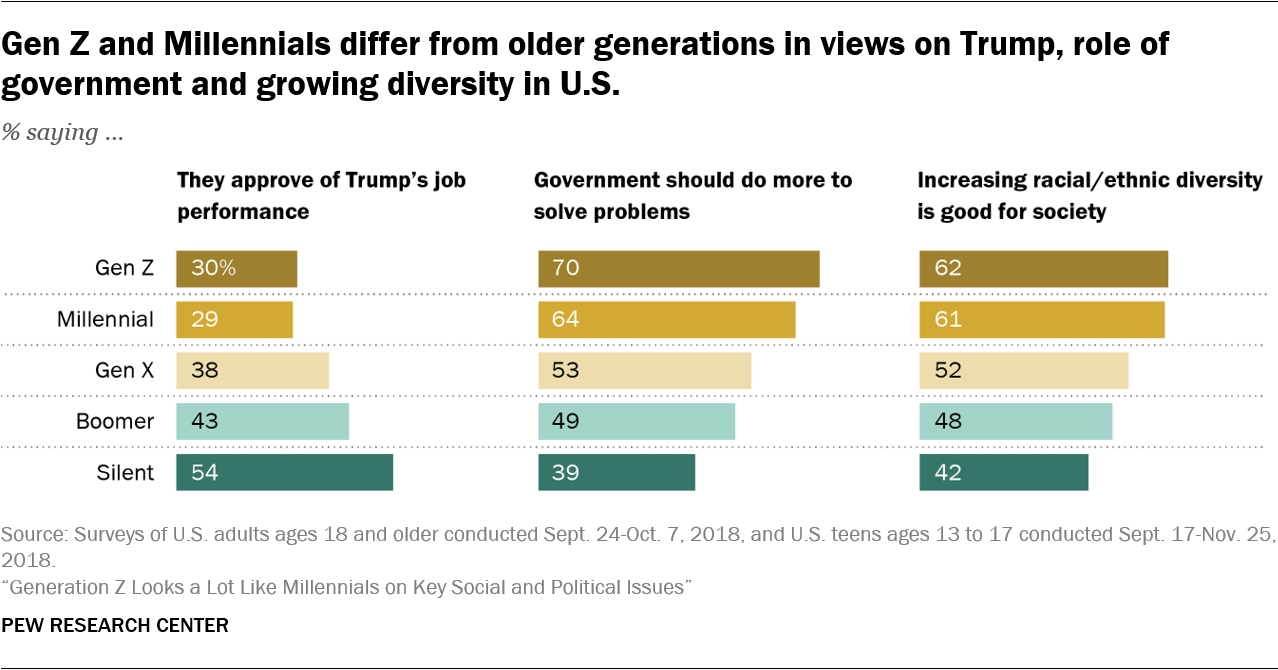
This argument holds true in most coastal cities, which tend to skew younger and more “blue” compared to a large swath of bright red rural districts. Some political pundits have described the American electoral map as “blueberries in tomato soup,” with the blueberries being the urban centers and the tomato soup representing the rural outskirts.
In other words, “fighting fire with fire” may well be a reasonable strategy — perhaps the best strategy — in blueberry areas like New York’s 14th congressional district, where Rep. Ocasio-Cortez clinched her big win in 2018.
The same logic applies to Rep. Rashida Tlaib, another freshman Democrat hailing from Detroit, Michigan. As a candidate, she ran an aggressive campaign condemning “corporate bullies and bigoted politicians.” The strategy worked: Tlaib won, becoming one of the first Muslim-American women elected to Congress.
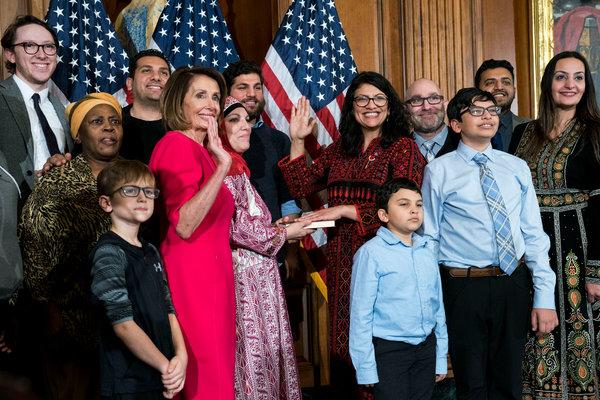
Tlaib continued her combative strategy on Capitol Hill; less than 24 hours after being sworn into office, she said of President Trump: “We’re going to impeach the motherf*****.”
However, Tlaib’s comment created something of a headache for moderate Democrats seeking reelection, especially in Southern states, where they face an uphill battle to distance themselves from the Ocasio-Cortez coalition that has alienated their conservative constituents at home.
The Republican Counter-Strategy: Demonizing Democrats
Already, signs are starting to show that the freshman Democrats’ fiery rhetoric has opened up new vulnerabilities for moderates in red states. In recent months, Republicans have seized the opportunity to smear Democrats as “socialists, baby-killers, or anti-Semites” in new advertisements. For example, the Republican-aligned Congressional Leadership Fund recently aired digital ads linking two moderate Democrats with Ocasio-Cortez and her “radical Green New Deal assault on the American economy.”
These early warning signs indicate that, should progressive Democrats take their “fight fire with fire” strategy too far, they risk not only remaining the minority party in the Senate, but also losing the House seats they flipped in the midterms. In so doing, they may jeopardize their party’s long-term electoral success — in 2020 and beyond.
The Democrats’ Dilemma
Perhaps no race in the 2020 election is more highly anticipated, or hotly contested, than the Democratic presidential primaries. As opposed to their congressional counterparts, these candidates face the especially lofty challenge of unifying Democratic voters on the national level. To do so, they must capitalize on the anti-Trump energy that has electrified progressives, while maintaining broad enough appeal so as to not alienate “purple” voters in the suburbs.
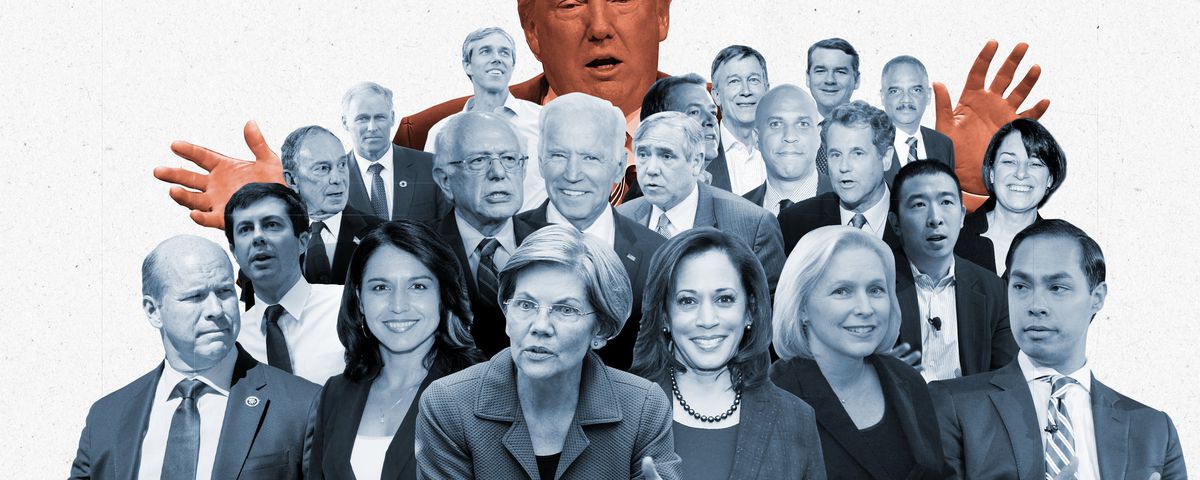
According to Florida-based Democratic strategist Steve Schale, President Obama succeeded because he was able to build support among both wings of the party: “The piece of the Obama coalition that people forget is that he did not sustain these kinds of losses in rural and exurban areas,” Schale said in an interview with the New York Times.
But in a new political climate more than a decade removed from Obama’s historic victory, Democrats will likely struggle to balance two competing forces: purity vs. pragmatism. Bright-blue liberals will likely prefer a fresh new face to represent their ascendant wing, while more traditional Democrats will favor a moderate candidate with broader appeal in battleground states.
Several formidable candidates of the likes of Senators Kamala Harris of California and former presidential candidate Bernie Sanders have already thrown their hats into the ring ahead of the 2020 race. Harris has increasingly embraced the rhetoric of identity politics that helped launch many of the freshman Democrats into the House last fall. Harris has clearly landed on the “purity” side of the debate, despite her “tough-on-crime” track record as California Attorney General.
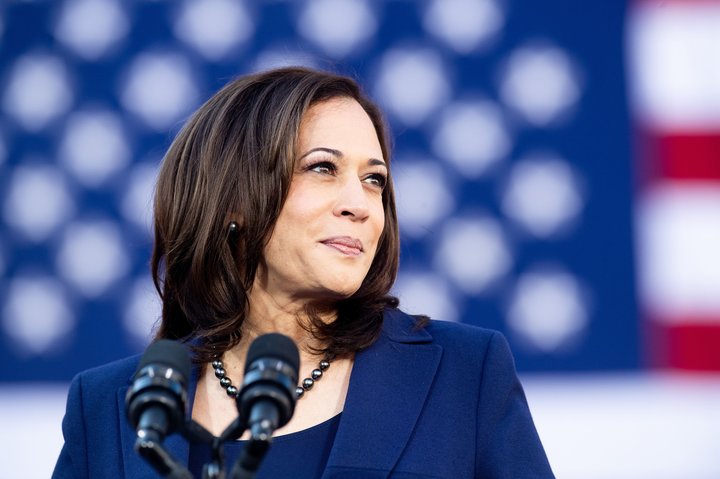
At this point, it is too early to call as to whether the “purity” approach that worked for congressional Democrats will push a Democratic presidential candidate over the finish line, or whether that strategy will split the party at a moment when it must challenge President Trump as a unified front.
Forging a Path Forward
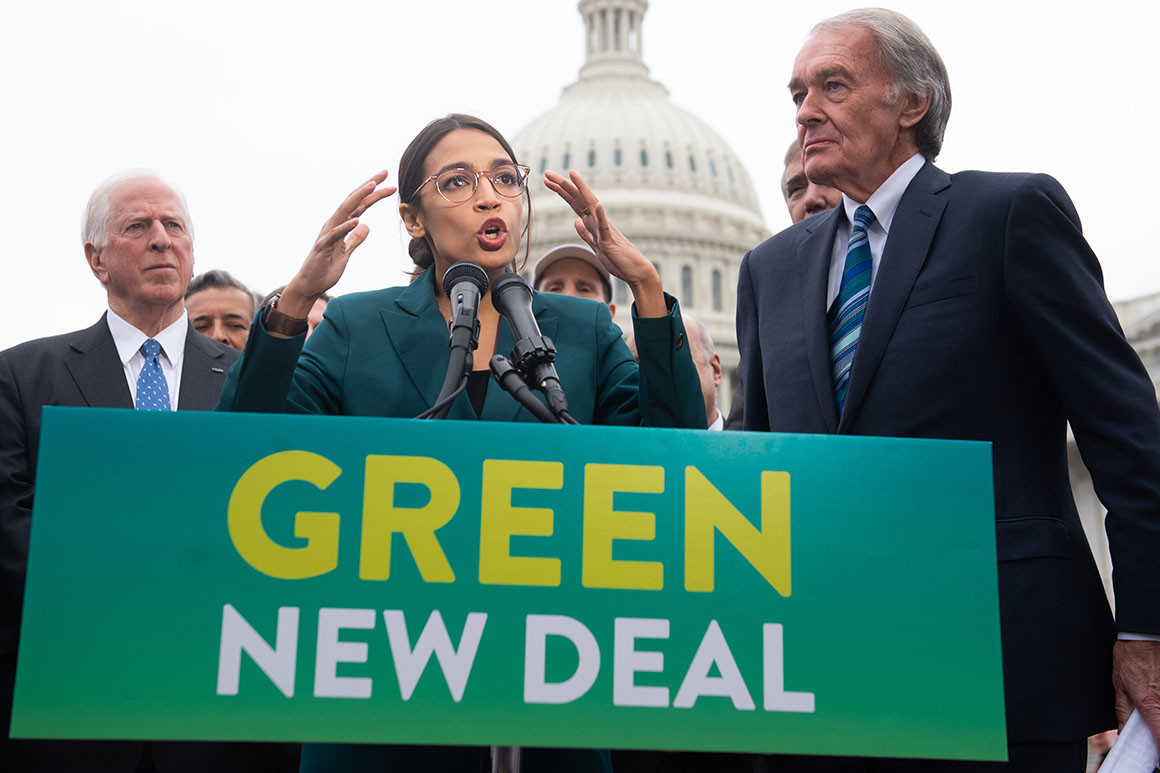
What Alexandria Ocasio-Cortez and the rest of the freshman Democrats accomplished was truly impressive. Their ambitious policy goals could potentially benefit millions of Americans — if they were to pass. But if liberals lose sight of suburban swing voters in the 2020 election and fail to win back the White House, the progressive vision they championed the 2018 midterms may never come to fruition.
Featured Image Source: Vox





Be First to Comment